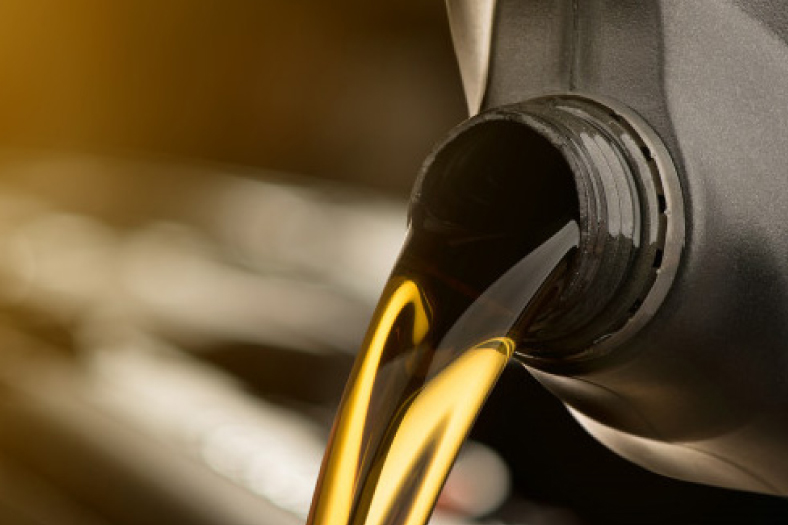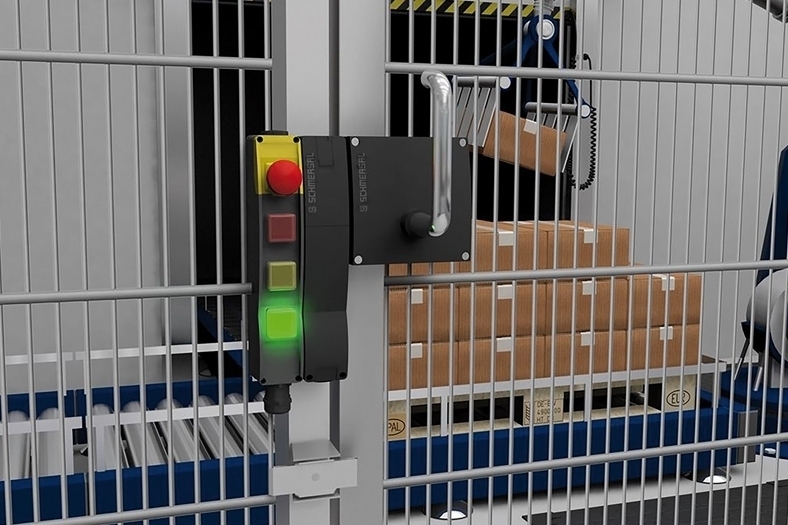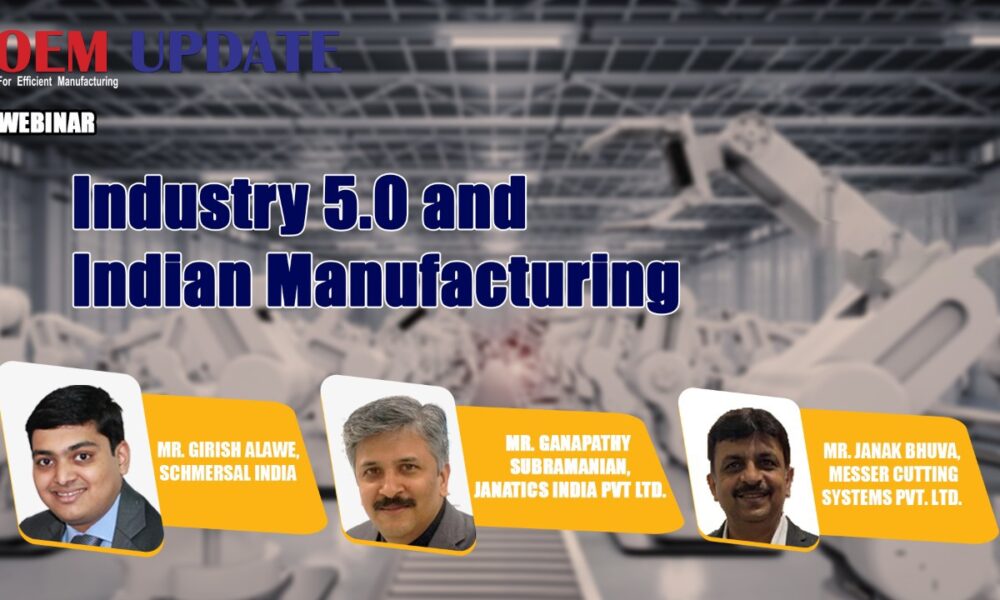Industrial lubricants: Increasing machine uptime on shopfloor
July 8, 2019 4:43 pm
Extensive use of technology and modern machinery forms the base for these manufacturing set-ups. However, despite sound expertise and inherent capabilities to enhance the business, manufacturing set-ups are facing a number of challenges such as sub-optimal scale of operation. In order to attain advanced productivity, manufacturing set-ups should consider solutions which focus on improving machinery operation with highest efficiency.
To help ensure smooth functioning of the machinery, it is important to choose a metal working fluids, such as water soluble cutting fluids or neat cutting oils. Industrial lubricants are designed to reduce friction between critical rotating and moving machine components, which then translates into equipment durability, longevity and extended uptime.
Factors which affect the performance of industrial oils are like foaming tendency, anti-rust or corrosion properties, EP properties and ofcourse the visco-metric and other physico chemical properties like flash point, viscosity at extreme temperatures. Selections of right specification oil will definitely increase machine uptimes, subsequently improves productivity.
Lubrication selection in machine shops/manufacturing sector
To determine which type of lubricant is best for an application, one must understand the current situation. Look at application/environmental factors such as speed, temperature, load, vibration, moisture, and dust. You need to consider that:
• Temperature determines lubricant base oil type
• Speed determines viscosity required (at operating temperature)
• Load, vibration, and moisture determine the additive package
Grease, for example, is made up of an oil base stock, thickeners, and functional additives to enhance performance. There are standard base stocks such as mineral oils and standard thickeners such as lithium/lithium complex. Greases comprised of these thickeners are lower in cost and thus frequently used, but they don’t offer the same performance as a synthetic base grease. The lubricant’s adaditive package has a significant impact on the lubricant’s performance.
As temperatures or speeds increase, the viscosity of a lubricant will decrease. Viscosity, the measure of a fluid’s resistance to flow, is essential to protect equipment. You need a formulation that will provide a sufficient film layer of lubrication to reduce friction.
When selecting the appropriate industrial lubricant, keep in mind the application environment. For example, if you expect a bearing will be subjected to significant amounts of water contact, then choose a lubricant with low-water washout and high-corrosion resistance properties. In situations where the bearings are at low speeds and extreme pressure, you can increase equipment reliability by choosing a higher base oil viscosity lubricant with high-load capabilities. Selecting the right lubricant in each scenario can have considerable pay-off.
Choosing the right lubricant is even more essential, if you are operating in an aggressive environment, such as a mine where there is typically high moisture, corrosion, and extreme temperatures. It’s even more critical to equipment life to select a lubricant that will maintain a sufficient film of lubrication to reduce friction, resist load and wear, and prevent corrosion. That is why mostly users of industrial lubricants follows OEM recommendations, because OEM have tested the lubricants and have approvals to use without worry.
Technological advancements to improve machining practices of engine components
Machining is any of various processes in which a piece of raw material is cut into a desired final shape and size by a controlled material-removal process. The processes that have this common theme, controlled material removal, are today collectively known as subtractive manufacturing,
Much of modern-day machining is carried out by computer numerical control (CNC), in which computers are used to control the movement and operation of the mills, lathes, and other cutting machines. More recent, advanced machining techniques also include precision CNC machining, electrical discharge machining (EDM), electro-chemical erosion, laser cutting, or water jet cutting to shape engine components in desired form.
The three principal improved machining processes are classified as turning, drilling and milling. Other operations falling into miscellaneous categories include shaping, planning, boring, broaching and sawing.
Article by:
Suyog Jain
Managing Director,
Masterline Lubricants Private Limited.
Cookie Consent
We use cookies to personalize your experience. By continuing to visit this website you agree to our Terms & Conditions, Privacy Policy and Cookie Policy.



















 English
English Hindi
Hindi